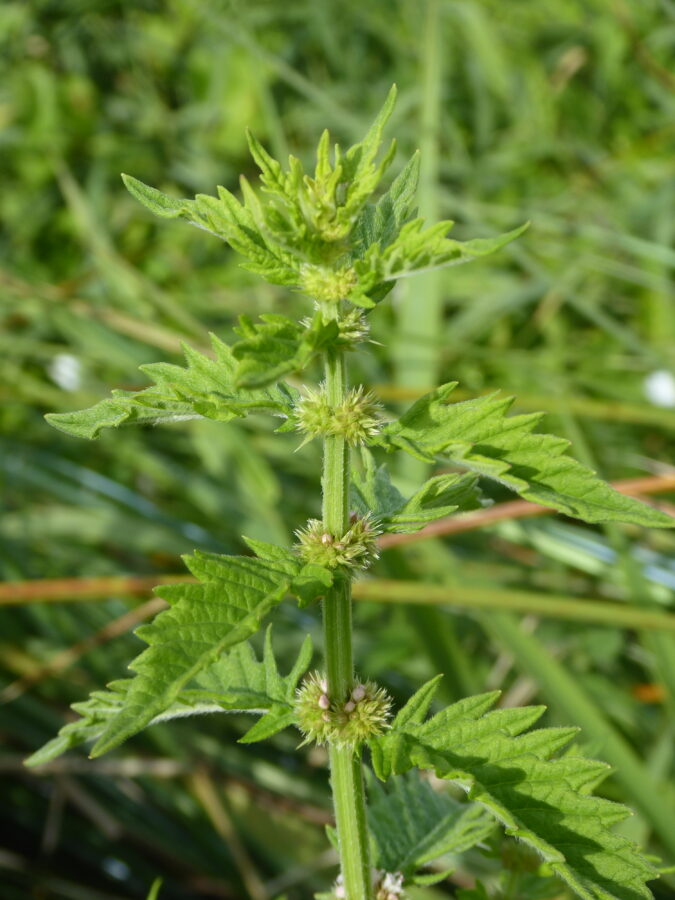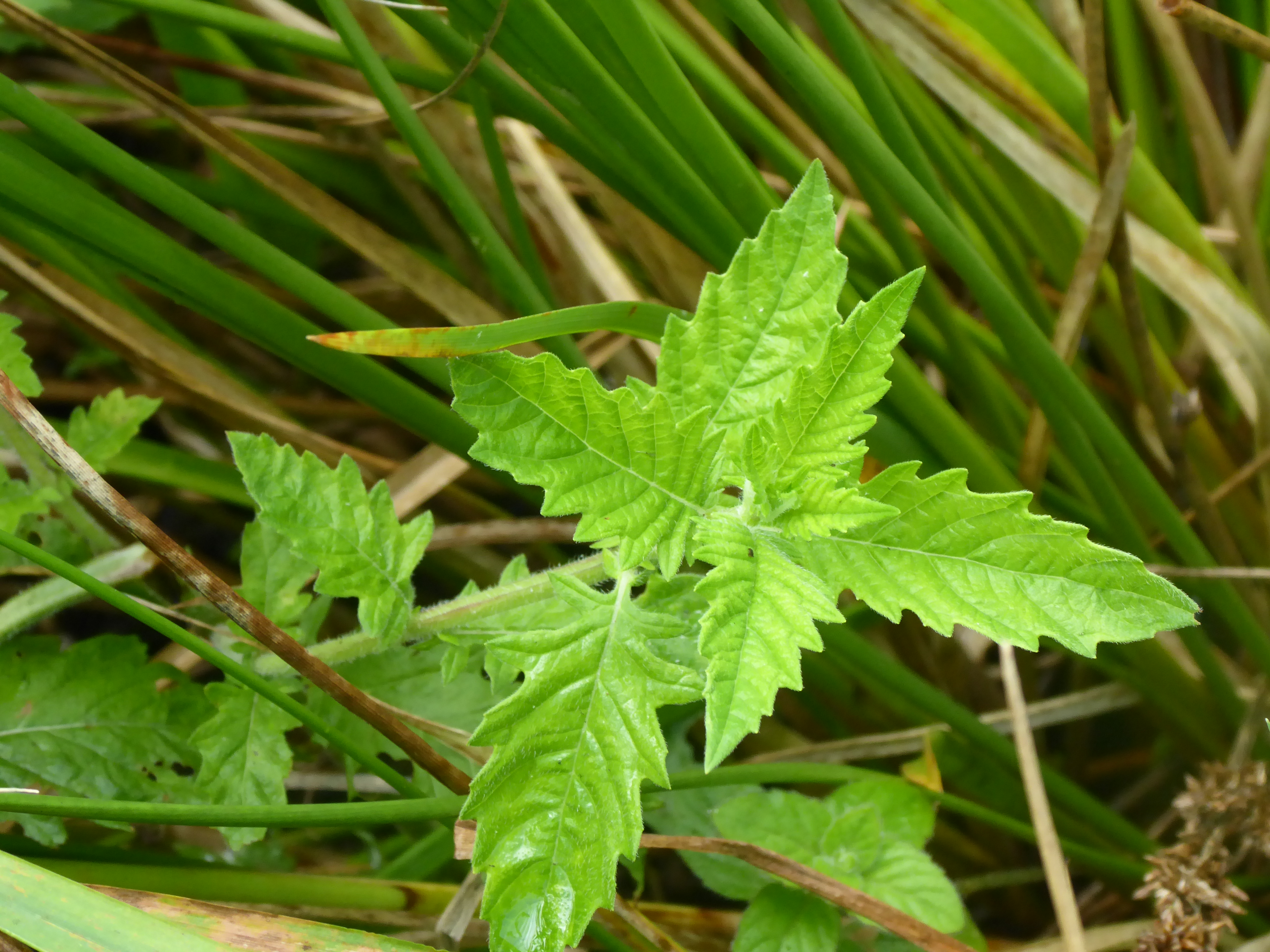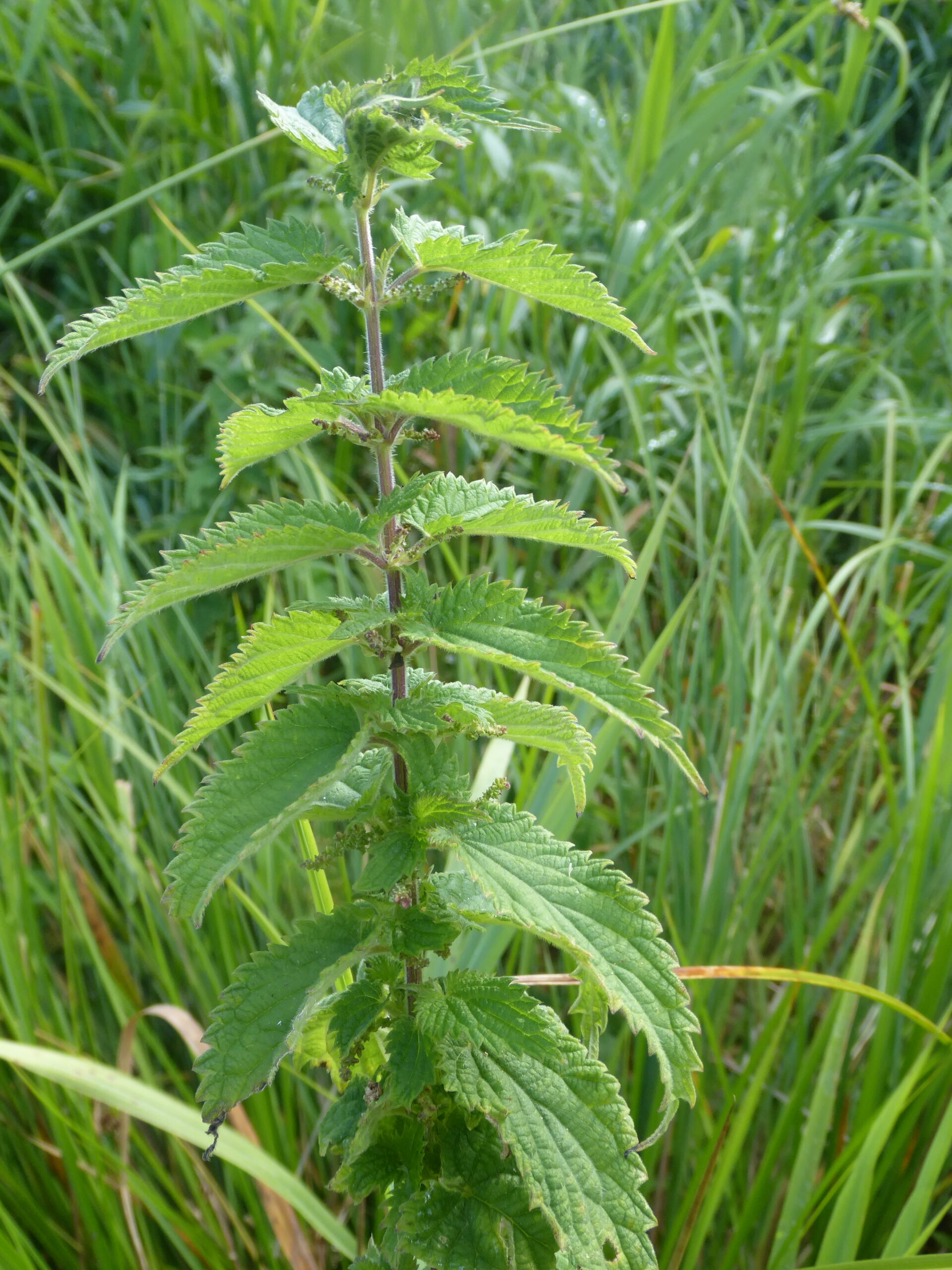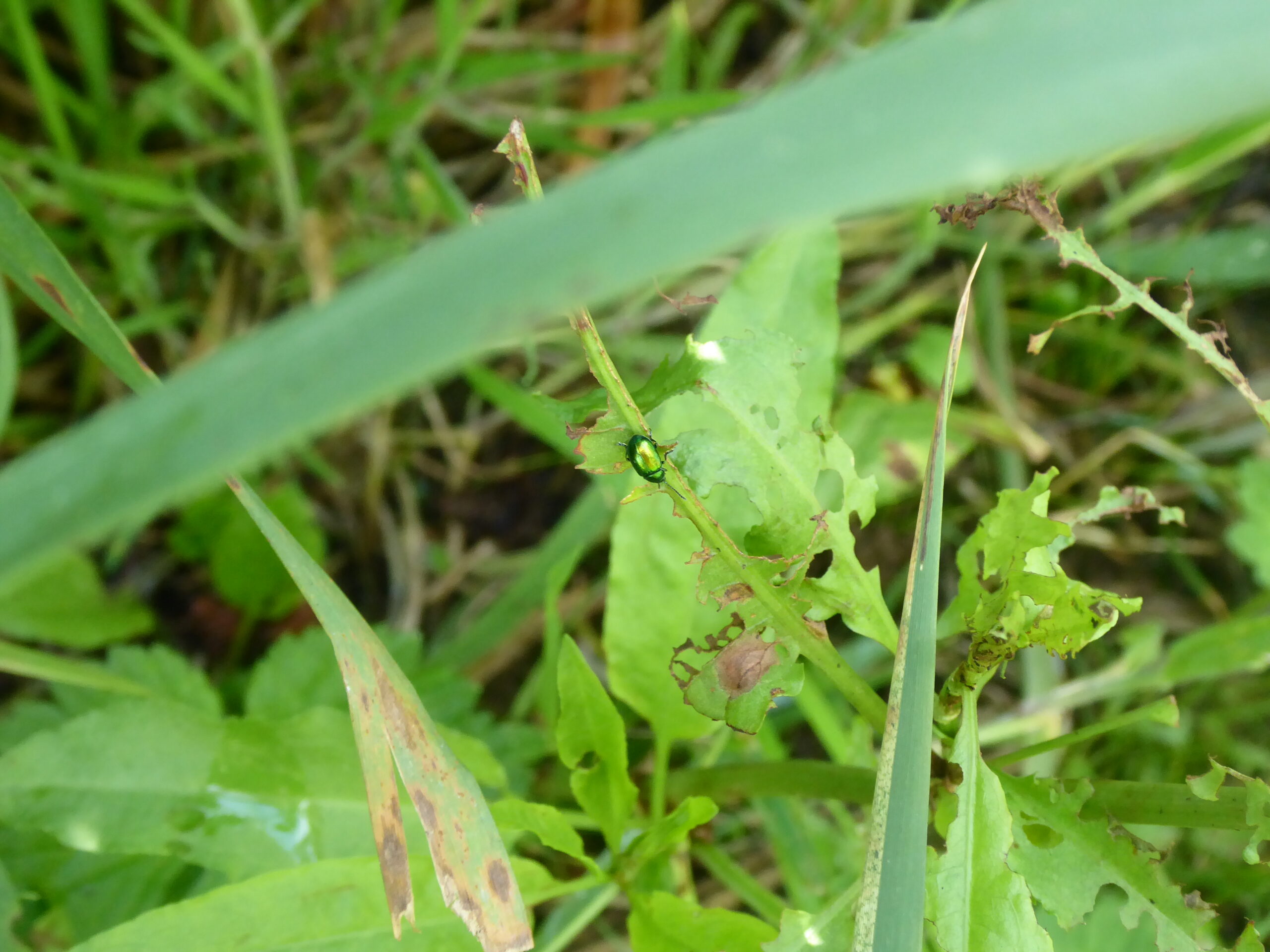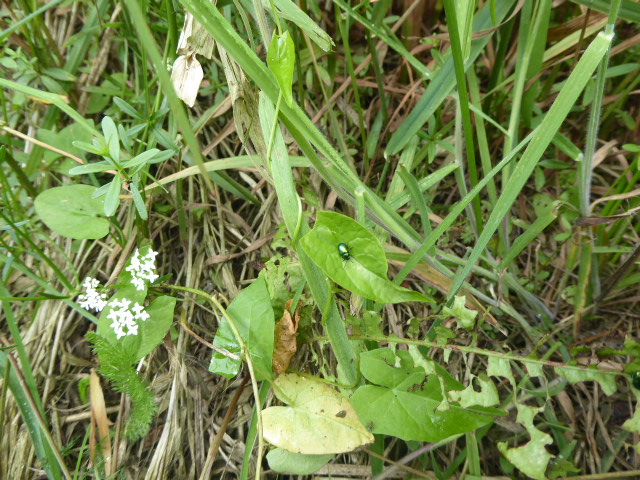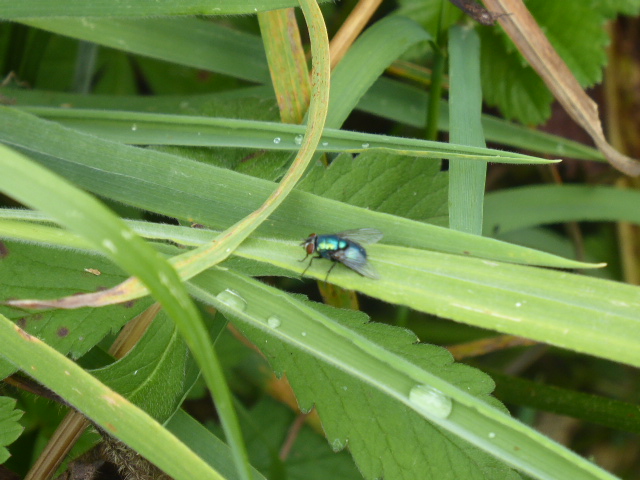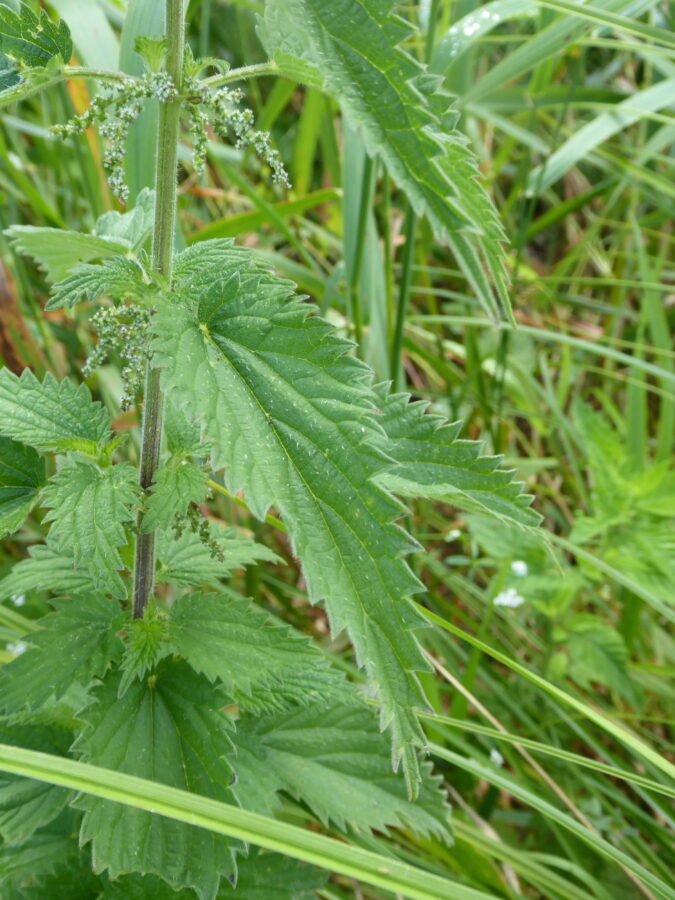
The nettles are out in flower now. I’m getting used to tingling arms in the afternoons after I’ve been gardening – anywhere between the gloves and the t-shirt sleeves are fair game it seems. I should be immune by now! Is it an Old Wives Tale that once the nettles are in flower they lose their sting? I decided to find out. I literally stroked a stinging nettle in flower, and it didn’t sting. However, when I looked this phenomenon up online, I found out that common nettles bear both stinging and non-stinging hairs, but there is a sub-species of nettle – the Stingless or Fen Nettle (Urtica dioica galeopsifolia) that only has stingless hairs. The flowers look the same as the Stinging Nettle, but the leaves are slightly narrower. So I went back down to the watermeadow and discovered that the nettles out in flower at the moment do indeed have narrow leaves.
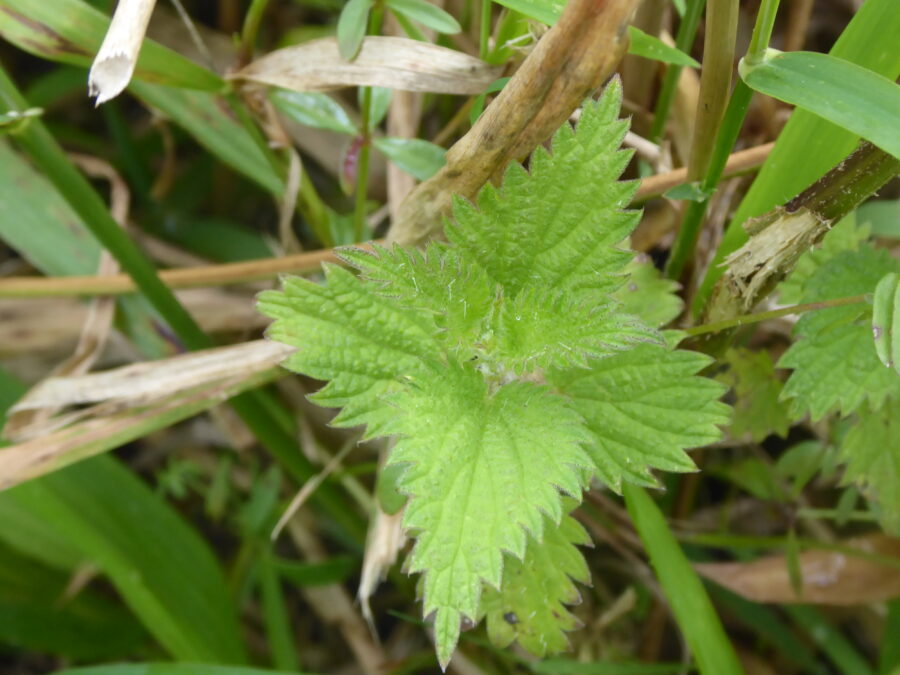
Then I got stung by a greener, meaner Common Nettle (Urtica dioica). Notice the proportionally wider leaves. So, we have both types in the watermeadow.
Stinging nettles work like this: the tips of the stinging hairs are broken off when touched and turn the hollow hairs into needles, which inject irritants like formic acid and histamines into our skin.
Finally, there is Gypsywort (Lycopus europaeus). Looking just like a nettle, maybe with more exaggerated teeth on its leaves, it is slightly hairy but non-stinging and decorated with small white flowers.
We try to pull up the stinging nettles near the pathways for obvious reasons, but there is a nettle bed in the far left of the watermeadow, which I am keen to keep. Nettle beds are good for caterpillars, ladybirds, and aphids. In turn, caterpillars are good for the birds. Nettle flowers are good for the pollinators – bees and butterflies – in particular, red admirals, peacocks, and small tortoiseshells.
